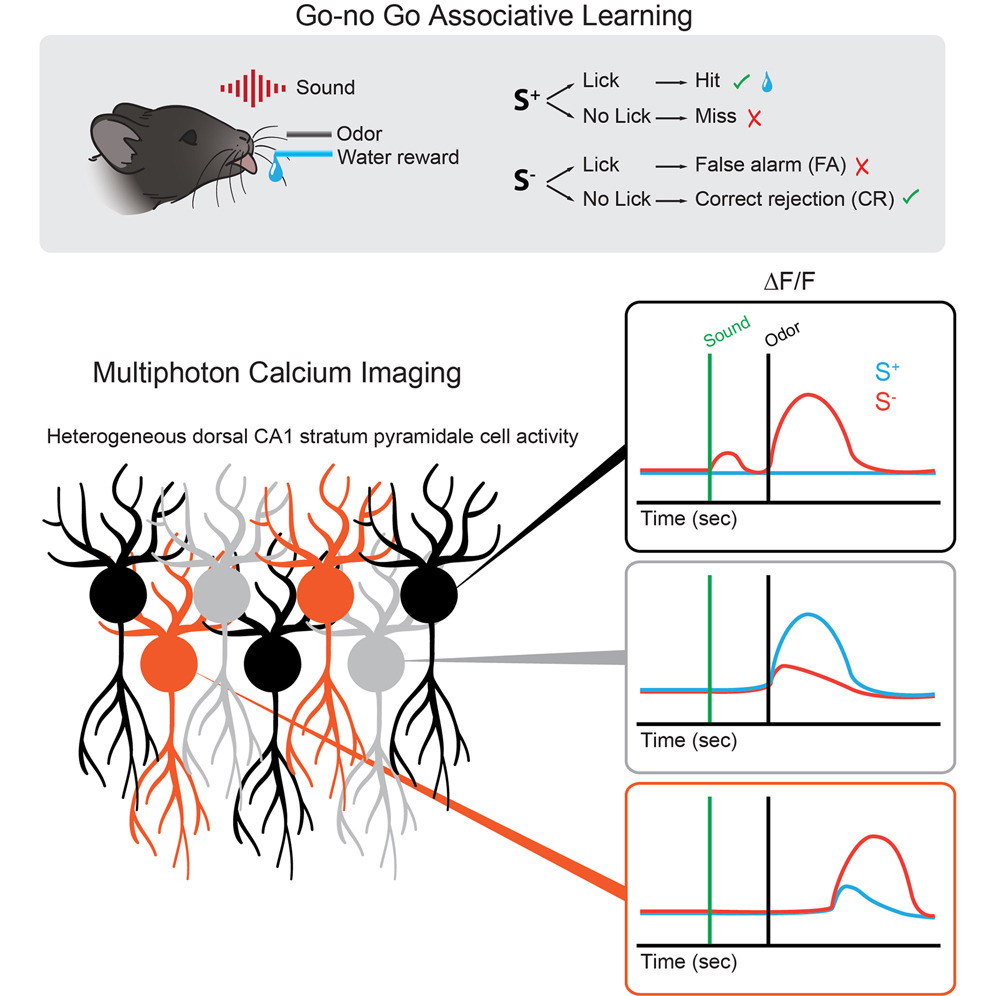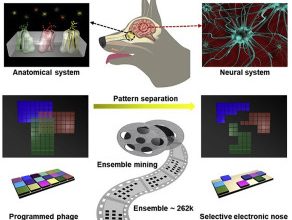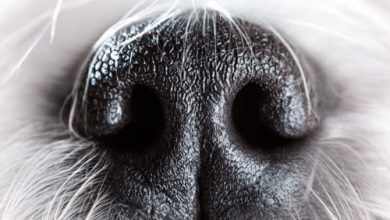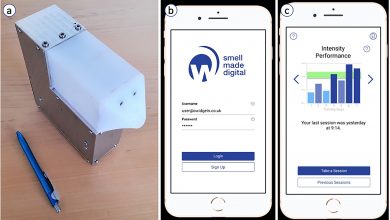Odor-Guided Choices: Scientists Map ‘Go or No-Go’ Brain Cells in Mice
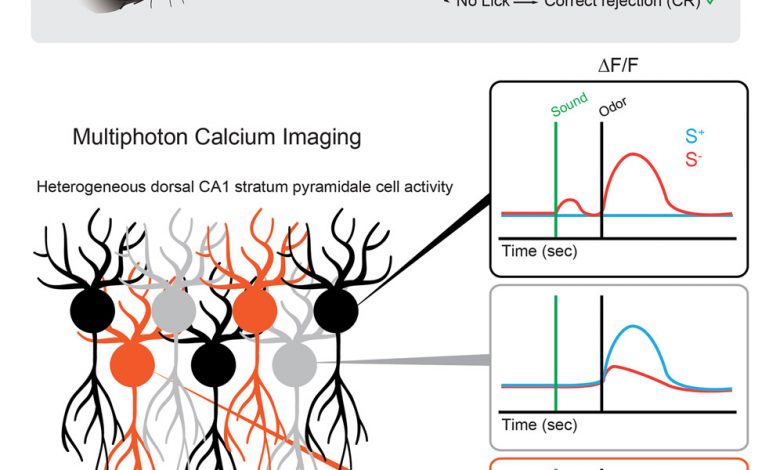
The Digital Olfaction Society (DOS) are preparing the topics and agenda of their 8th World Congress in Tokyo.
Mice Decision-Making Unveiled: Odor-Guided ‘Go or No-Go’ Brain Activity Mapped
A study published on February 6, 2024, by Ming Ma and others, explores how mice use their brains to learn and make decisions based on different smells. In their experiment, they looked closely at a part of the brain called the dorsal CA1 area in the hippocampus. This area is important for memory and learning.
Olfactory Learning: How Mice Distinguish Between Scents for Survival
The recent study published in Current Biology by Elsevier has brought to light the intricate workings of the mouse brain when faced with different scents. Using advanced techniques like multi-photon calcium imaging, scientists tracked the activity of neurons in real-time as mice performed an olfactory-based task, distinguishing between scents associated with rewards and those that weren’t.
Their findings showed that certain brain cells in the dorsal CA1 area reacted differently to the rewarded and unrewarded smells. As the mice learned to tell the smells apart, the scientists could more accurately predict how the mice would behave – whether they would lick in anticipation of a reward or not.
The Future of Neurological Research: Implications of Mice’s Scent Decisions
This research not only deepens our understanding of the olfactory system in rodents but also has potential implications for advancing the treatment of neurological disorders in humans. It paves the way for future investigations into how our brains process complex sensory information to make everyday decisions.
Image Description:
The image illustrates a go-no go associative learning experiment in mice, along with multi-photon calcium imaging of neurons in the dorsal CA1 region of the hippocampus.
In the top panel, we see a schematic of the go-no go task. The mouse must decide whether to lick in response to an odor paired with a water reward (S+), indicated by a green line, or to refrain from licking when presented with an unrewarded odor (S-), shown by a red line. The different outcomes of the mouse’s decision are labeled: “Hit” for a correct lick, “Miss” for a missed opportunity, “False Alarm” (FA) for licking incorrectly, and “Correct Rejection” (CR) for correctly not licking.
The lower panel shows multi-photon calcium imaging which is used to monitor the activity of neurons. The graphs represent the change in fluorescence (ΔF/F) over time, which is indicative of neuron activity in response to the rewarded (green) and unrewarded (red) odors. Each row shows a different neuron’s response over time in seconds, with the onset of the odor marked by the vertical lines. This allows researchers to observe how individual neurons in the dorsal CA1 region respond differently to rewarded versus unrewarded stimuli and how these responses are timed, providing insights into how mice learn and make decisions based on associative memories.
© Digital Olfaction Society

